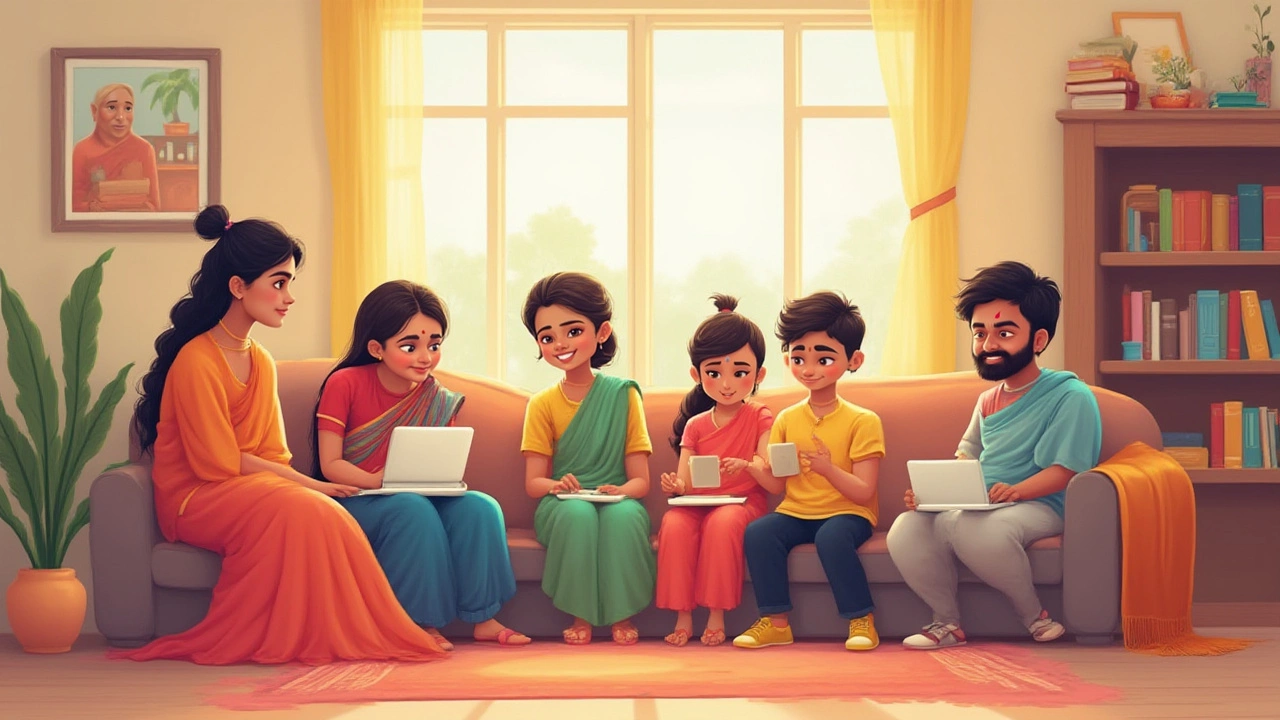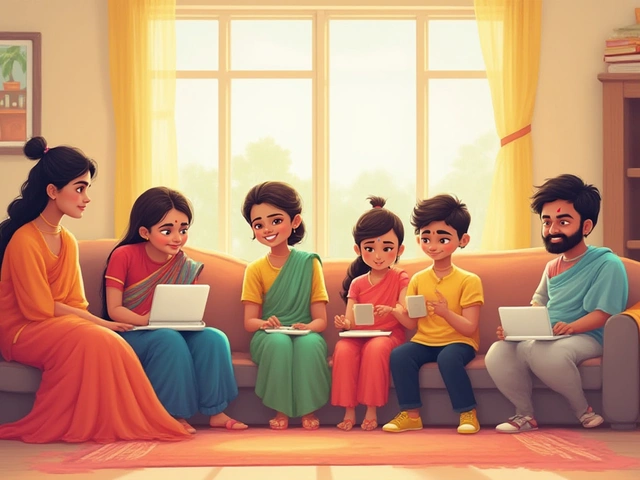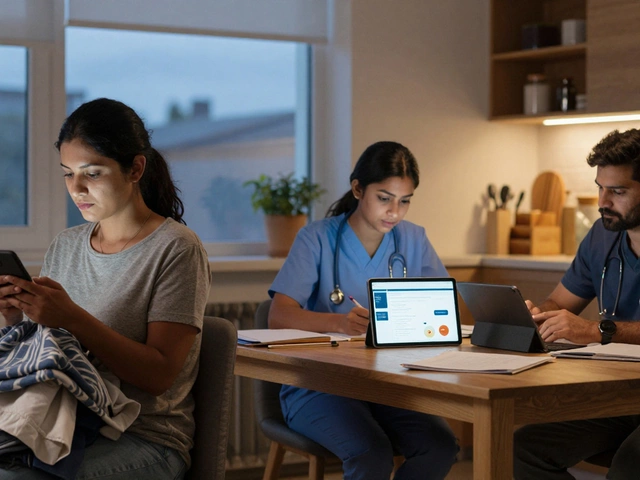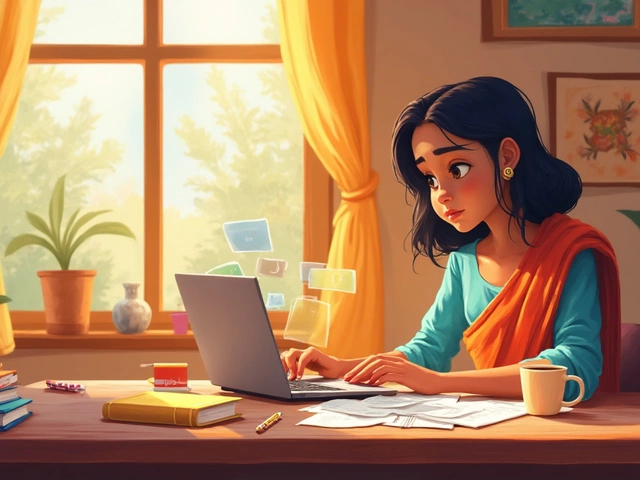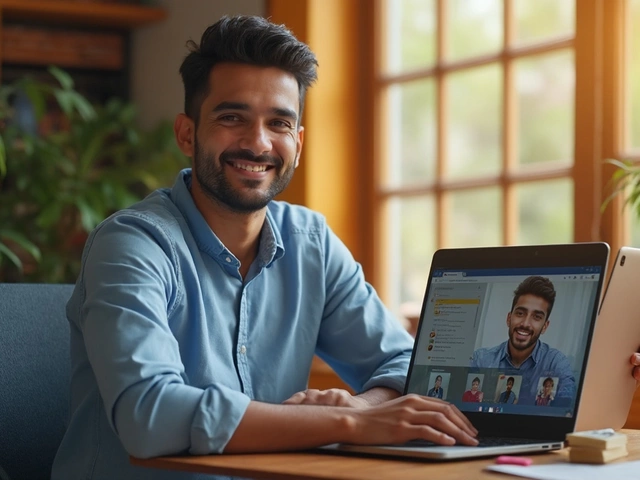You’ve probably heard “distance learning” and “online learning” thrown around like they’re the same thing. Spoiler alert: they’re not. Plenty of students sign up for a class, thinking it’s just a fancy video chat, and then bam—mail-in assignments, audio lectures, or even a CD-ROM shows up. Then there’s your tech-savvy cousin, attending live sessions, submitting essays with a click, and chatting with friends in virtual study groups. So, what gives? Why all the confusion? The thing is, not all remote education is built the same way, and what works brilliantly for one person’s schedule or learning style might be a nightmare for someone else. Before you pick your next course or pitch a new study plan to your boss (or your teenager), it’s worth really looking at the nuts and bolts of distance learning and online learning, beyond the buzzwords.
The Meaning Behind Distance Learning and Online Learning
If you lined up ten educators and asked them how distance and online learning differ, they’d probably give you ten answers and maybe start an argument. Yet, there are history-backed reasons for both terms—and their differences get lost in the shuffle of rapid tech updates and marketing pitches.
Distance learning is the grandparent in the remote education family. It’s been around since the late 1800s, when students sent homework back and forth through the mail (no, really!). A well-known example? The University of London began offering external degrees in 1858, letting students outside the city earn qualifications without setting foot inside a lecture hall. Distance learning is any educational program where the teacher and the students aren’t physically together, and materials may not be online at all. Sometimes, lessons come on CDs, USB drives, or pre-recorded tapes for students with spotty—or nonexistent—internet connections. It’s not always slick or instant, but it puts education within reach for people in rural areas or with unpredictable schedules.
Online learning, meanwhile, usually means courses delivered over the internet. Sounds basic, but think about this: online learning is a flavor of distance learning, but not all distance learning is online. With online learning, you get access to web-based platforms, video conferencing, forums, digital assignments, instant feedback, and sometimes even AI-powered tutors. The learning experience feels more interactive and social, especially with live classes or group discussions. You can attend from almost anywhere with Wi-Fi—at your kitchen table, in a library, or even during your lunch break. The entire process, from lectures to quizzes to submitting projects, happens on your device. As Dr. Ruth Colvin Clark writes in "e-Learning and the Science of Instruction,"
"Web-based instruction is more than just a delivery system; it creates new opportunities for engagement, feedback, and community beyond what traditional distance education could offer."That’s a pretty big shift.
So, why does the line still feel fuzzy? Because some institutions mix methods. For example, you might enroll in a course that mails you textbooks but also gives you a login for online discussions and web-streamed lessons. Some universities call these “blended” or “hybrid” courses, which toss even more options into the pot. But the heart of the difference is in the tools they use: distance learning is about reaching you wherever you are, by any means that isn’t face-to-face. Online learning is all about reaching you through the internet—and often cranking up the interaction a few notches.
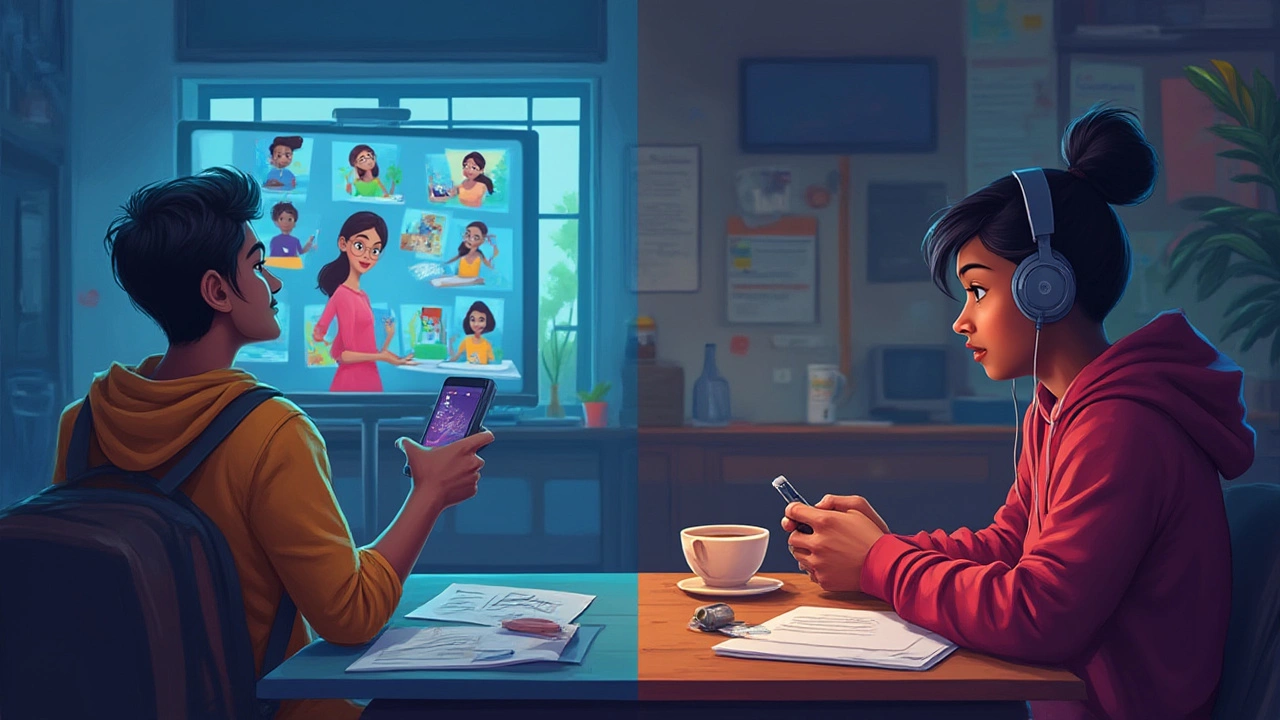
How Each Approach Shapes Your Learning Experience
Let’s get real—your choice isn’t just about whether you watch lectures on YouTube or wait for study packs in the mail. Distance and online learning set totally different vibes, requirements, and community feels. For someone juggling family and work, a distance learning course that lets you mail in your assignments whenever might be perfect. No deadlines, no logins, just printed lessons and your own pace. But this slower, more old-school approach can feel lonely. There’s less of that back-and-forth with classmates or a sense of instant feedback. Sometimes, it’s months before you find out how you did on an exam.
Now, online learning? Welcome to the era of digital hustle. Platforms like Coursera, Udemy, or edX pull you into learning communities from across the world. Interactive dashboards remind you of due dates. Quizzes pop up after each module. Peer forums or chat apps keep you looped in. Modern online learning often includes live video classes where students ask questions as they would in a classroom, breakout rooms for teamwork, and even gamified badges for extra motivation. The experience can mimic real campus life, minus the commute and cafeteria food. The flexibility is still there, but there’s also structure—deadlines, grades, participation checks—so it’s a better fit for discipline junkies or those who need nudging to stay on track.
But let’s not sugarcoat it: not everyone’s internet connection is made equal. That’s where traditional distance learning’s real power shows up. In remote villages, conflict zones, or places hit by regular blackouts, snail-mailed textbooks and recorded lectures can keep dreams alive when Google Docs won’t load. Sometimes governments use radio and TV to broadcast study programs when schools close for emergencies. Yes, radio lessons—Kenya’s education ministry famously ran nationwide radio learning during the COVID-19 lockdowns. Pretty resourceful stuff. Meanwhile, in countries with fast, cheap data, online education is booming. India’s market, for example, jumped from $247 million in 2016 to about $2 billion by 2021, as smartphones got cheaper and mobile data became more reliable.
And here’s a quirky fact: some research points to online students building even tighter friendships than they do in in-person classes, especially in graduate or professional courses. There’s something about late-night group chats or video study sessions that builds a different kind of camaraderie—one that lasts long after the course ends. But on the flip side, both methods come with a warning label: you have to be a bit of a self-starter. Without someone peeking over your shoulder, it’s shockingly easy to get distracted—don’t even get me started on the YouTube rabbit holes. Apps, schedules, and a dedicated study spot help, but discipline is the real game-changer.
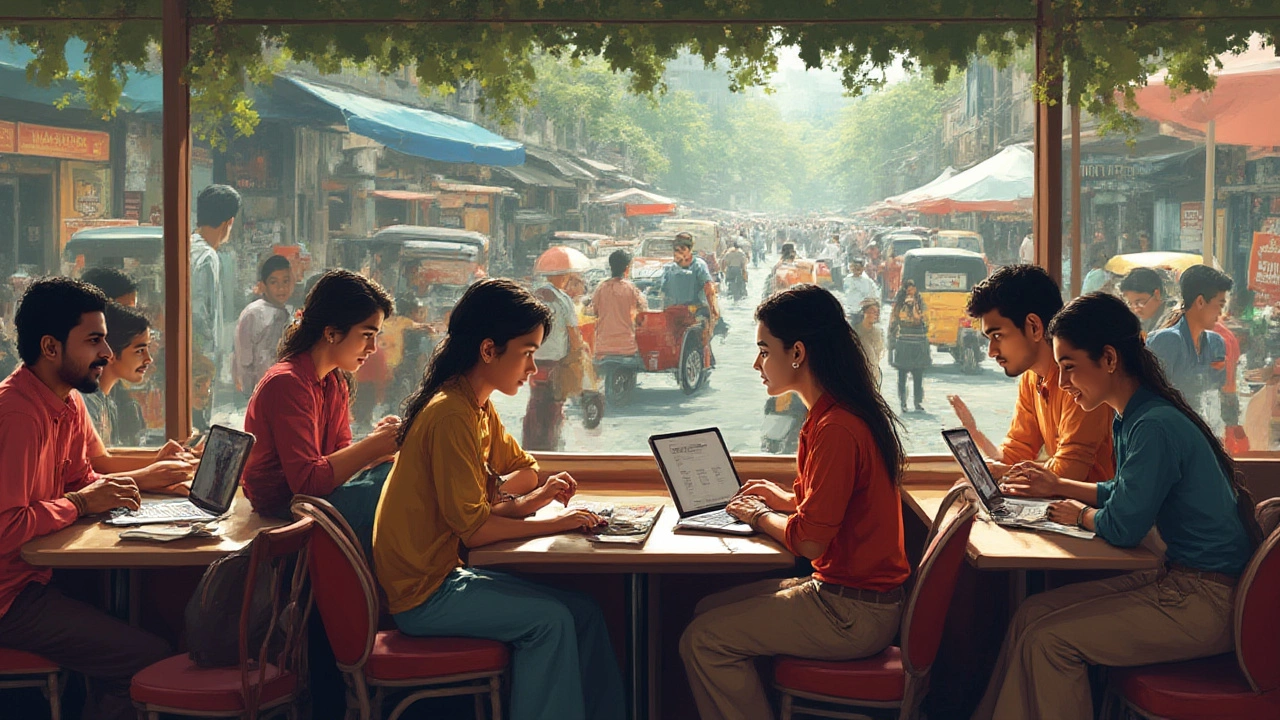
Tips for Choosing What Works for You
So, which road should you take? The best option depends on your learning style, daily schedule, and access to tech. Here are some sharp tips to help you choose between distance and online learning:
- If your internet is unreliable, a distance learning program that sends materials by mail or offers lessons offline can keep your education steady. It may move slower, but missing a class because of signal loss won’t wreck your grades.
- Got a busy life with work, caregiving, or unpredictable hours? Look for self-paced distance or online learning courses that let you submit assignments when you’re ready, not on someone else’s clock.
- If you get motivated by connecting with others, crave feedback, or want a sense of community, online learning platforms with active chat rooms, peer forums, and study groups can make your journey less lonely.
- For career-focused degrees or upgrades, check if the online course offers live mentoring, digital labs, or real-world collaboration. Many top companies, like Google and IBM, partner with platforms to offer recognized digital certificates.
- Remember to check for support services like tech help, tutor access, and career counseling—these can turn a confusing course into a manageable one.
Another heads-up: accreditation matters more than fancy websites or big promises. Some distance or online programs don’t count toward degrees or jobs, especially overseas. Always check if the institute is recognized by your country’s education department or a trusted body. For Indian students, the University Grants Commission (UGC) regularly updates its approved list of online and distance learning providers. And here’s a tip: don’t just trust an impressive-looking logo or website—sometimes, the most old-school distance colleges have stronger reputations than brand-new platforms. Ask alumni, search candid Reddit threads, or look up completion rates and employer reviews.
One last thing: think about your own habits. Are you someone who powers through on your own, or do you need a push from group projects and regular check-ins? It’s honest self-reflection that will save you from wasted tuition and half-finished courses. As education expert Tony Bates writes,
"The choice between online and distance learning isn’t just about technology—it’s about the kind of learner you are."The right path feels challenging, but not overwhelming.
If you’re still on the fence, try a free sample lesson or assignment from each type. See how you feel about managing the tech, pacing yourself, or staying focused. Sometimes that ten-minute trial is all you need to pick what fits best.
Bottom line? Both distance and online learning crack open doors that would otherwise stay closed, whether because of geography, tight life schedules, or health reasons. One wraps itself in flexibility and tried-and-true methods; the other is all about connection and digital speed. Figure out your needs, know the pros and drawbacks, and step into whichever classroom—physical or virtual—matches your ambitions. Education, in any form, will shift the ground beneath your feet.
